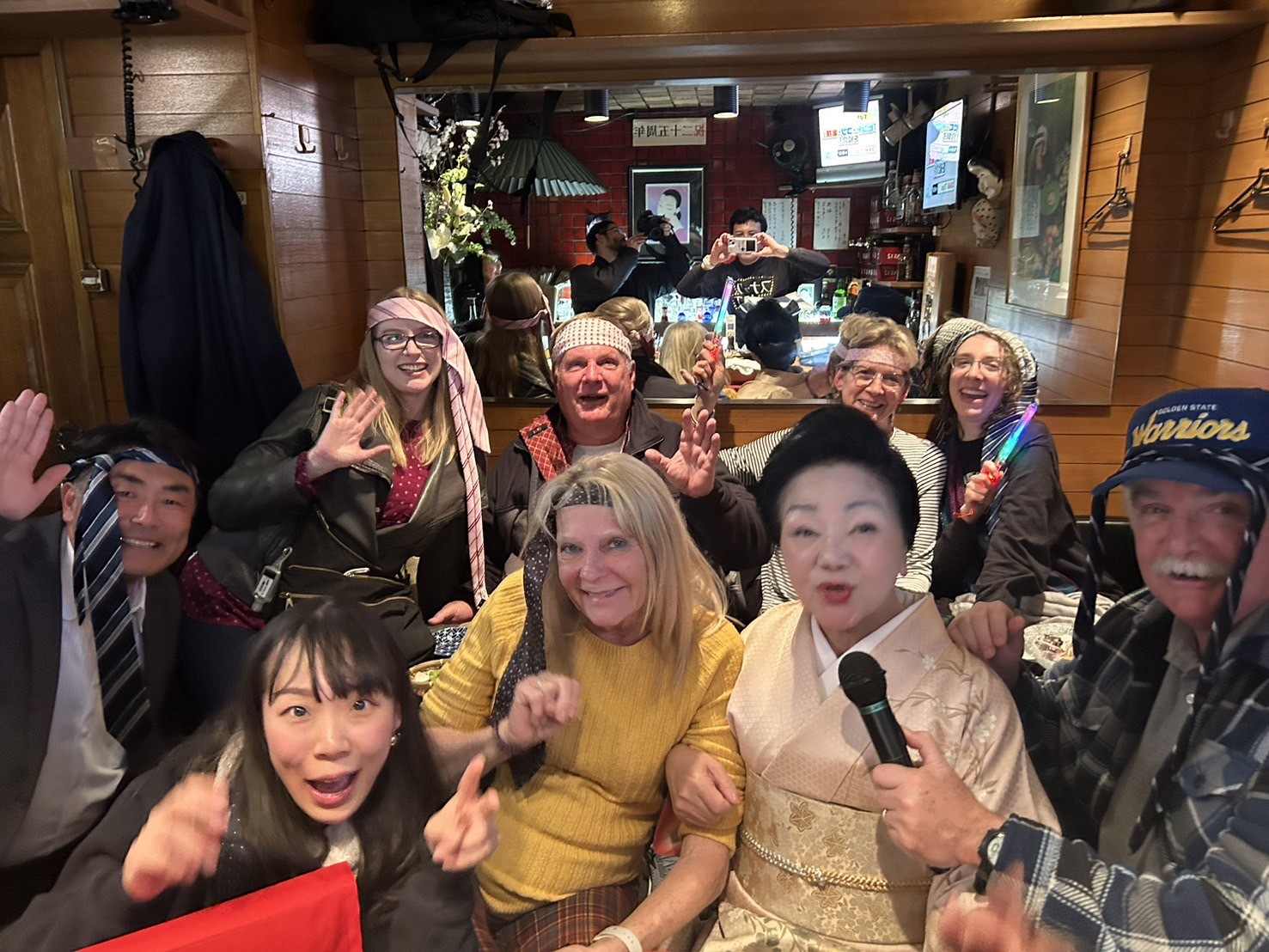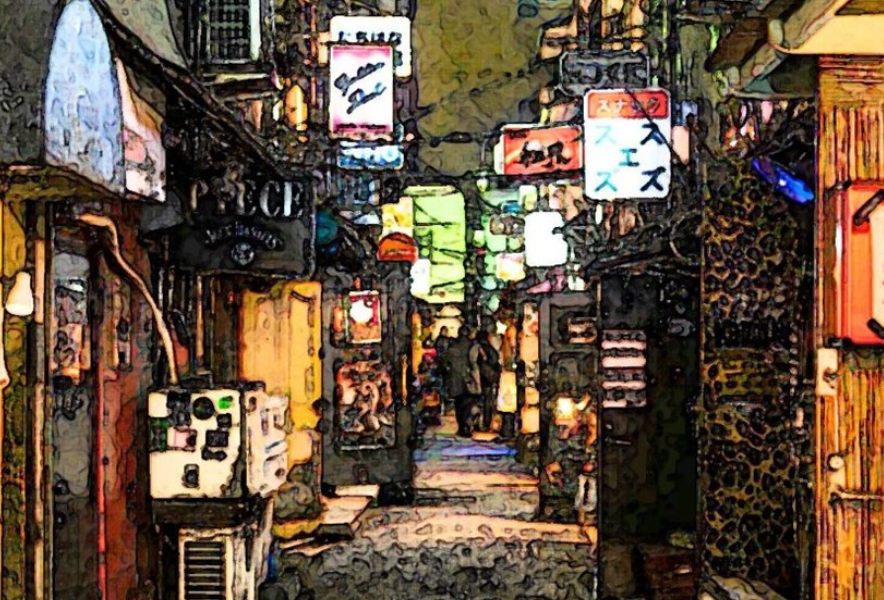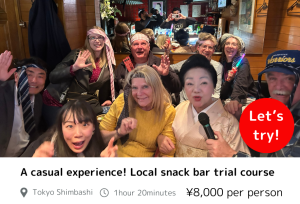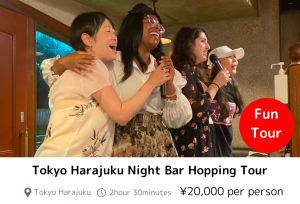The Fascinating History of Japan’s Snack Bars: From Post-War to Modern Social Hubs
Japan’s snack bars, known as snack, have a rich and unique history that reflects the country’s evolving social and cultural landscape. These cozy, intimate spots for drinks, conversation, and light food have deep roots in Japan’s post-war era, where they became vital meeting places for people looking to unwind after work. Let’s explore how snack bars came to be and how they continue to evolve today.
The Birth of Snack Bars: A Post-War Phenomenon
The origins of Japan’s snack bars date back to the post-war period, particularly after World War II. In the early 20th century, the term “café” was commonly used, but as Japan began to rebuild, a new type of bar emerged—more informal and intimate than Western-style bars. These bars, known as snack in Japan, were a place where patrons could relax, have a drink, enjoy light snacks, and chat with the hostesses behind the bar. This new form of social gathering was particularly popular among salarymen and businessmen, offering a comforting escape after long workdays.
The 1920s to 1930s: The Café Wars and Early Establishments
In the 1920s, Tokyo’s Ginza district became the center of a café boom. This period, known as the “Ginza Café Wars,” saw fierce competition among various cafés offering entertainment and food. However, as societal needs changed, cafés evolved into more intimate spaces, leading to the emergence of snack bars in the following decades. The 1930s also brought about stricter regulations on drinking establishments, as Japan’s government introduced the “Special Food and Beverage Business Regulations” in 1933, which regulated these businesses to curb excesses.
The 1940s to 1950s: Post-War Rebuilding and the Rise of the “Hostess Bars”
In the aftermath of World War II, Japan underwent a period of reconstruction, and so did its drinking culture. Snack bars became a popular social space as the country recovered economically. This era saw the rise of hostess bars, where women would serve drinks and converse with male customers. These establishments flourished as they offered a social space where people could relax and connect. The introduction of the “Drinking and Entertainment Business Regulations” in 1953 also set the stage for clearer rules for how these venues operated.
The 1960s to 1970s: The Golden Age of Snack Bars and Cabarets
By the 1960s, snack bars had become deeply ingrained in Japanese society. These establishments were known for their relaxed atmosphere, where customers could chat with the friendly hostesses, who often acted as personal entertainers. The 1960s also marked the rise of kyabakura (cabaret clubs), where women would provide more elaborate entertainment, such as singing and dancing. The success of these establishments led to an explosion in the number of snack bars and hostess bars throughout the country.
The 1980s to 1990s: Changes in Regulation and the Shift to a More Formalized Business
In 1980, Japan’s government introduced the Fūzoku Eigyōhō (Entertainment Business Law), which sought to regulate all forms of adult entertainment, including snack bars and host clubs. The law redefined these businesses and made it easier for the government to enforce rules, ensuring that establishments operated under certain standards. At the same time, snack bars began to cater to a more diverse clientele, offering a broader range of drinks, light meals, and snacks.
The 1990s brought about further changes, particularly with the introduction of stricter regulations on operating hours, which limited the hours of operation for snack bars. Despite these challenges, the popularity of snack bars continued to rise, and they became integral to the nightlife scene in cities like Tokyo, Osaka, and Kyoto.
The 2000s to Today: The Modern Snack Bar Experience
Today, snack bars are a unique part of Japan’s drinking culture, blending traditional aspects with modern trends. While the classic format of a cozy bar with a counter and snacks remains popular, some snack bars have evolved to offer more upscale experiences, including higher-end cocktails and international food influences. Some snack bars have even embraced technology, offering touch-screen ordering systems and modern decor.
Despite these changes, the essence of the snack bar remains the same: a space for people to relax, chat, and escape the stresses of everyday life. Whether it’s the old-school charm of a tiny bar tucked away in a back alley or a modern, stylish venue offering creative cocktails, snack bars continue to be an important part of Japan’s social fabric.
A Unique Cultural Experience
For foreign visitors to Japan, experiencing a snack bar is a must. It’s an opportunity to interact with locals in a casual, friendly setting and enjoy the traditional Japanese drinking culture. Whether you’re visiting one of the older establishments with a rich history or a newer, trendier bar, the snack bar offers an authentic slice of Japanese social life.
From its humble beginnings in the post-war era to its evolution into a modern cultural institution, Japan’s snack bars are a fascinating reflection of the country’s changing social and cultural landscape. These unique spots are not just places to grab a drink—they’re cultural landmarks where people come together, share stories, and create lasting memories.
Would you like to make your snack bar debut with a snack tour?
Snack bars, beloved by many since the Showa era, can be found all over Japan. You can enjoy communication with the owner and other customers, as well as singing karaoke, allowing for a relaxing time.
Most snack bars have a policy of refusing entry to foreigners. However, with a tour, you’ll have a guide, so you can enter with peace of mind.
When visiting Japan, don’t just check off the tourist spots –
dive into local experiences for an unforgettable journey!

Once you experience it, you’ll be captivated too! The charm of snack bars.

New encounters with people! The camaraderie of singing at a snack bar! Conversations with the mama-san!





